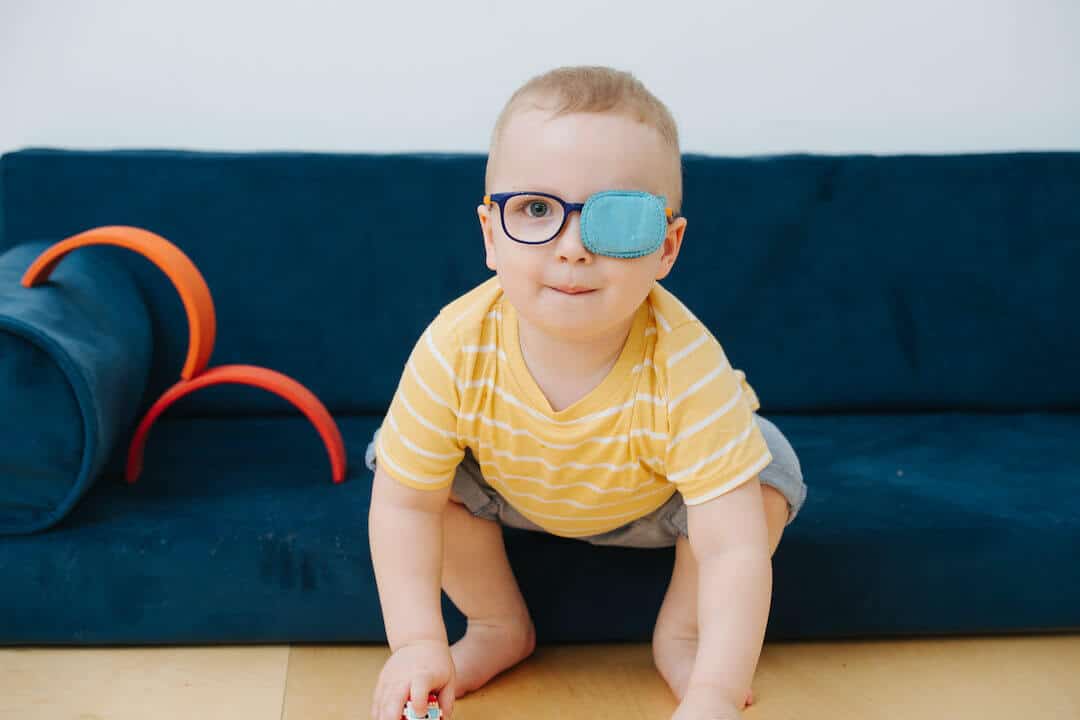Pediatric Eye Care
Eye problems can develop at an early age. Scheduling routine eye examinations give children their best chances at optimal eye health throughout their lives. Excel Eye Center provides top-rated children’s ophthalmology services for kids throughout Utah County.
As the only fellowship-trained kids eye doctors nearby, you can trust Scott W. Yeates, M.D., and Brad Henriksen, M.D., with all your pediatric ophthalmology needs. Our specialists and trained staff have extensive experience treating children, enabling them to quickly and accurately diagnose vision impairments in young children.








